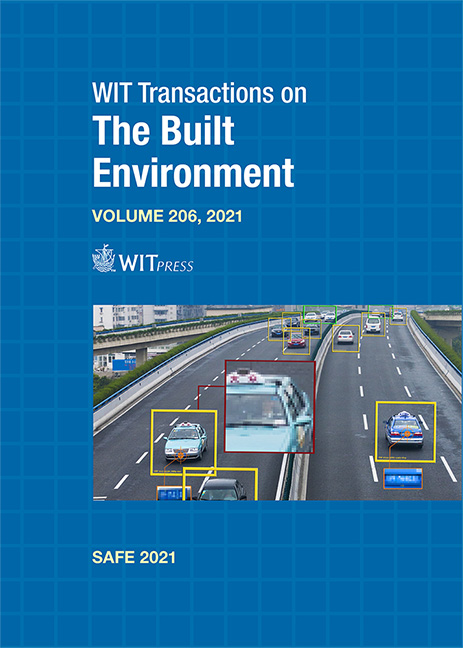RISK REDUCTION IN TRANSPORT SYSTEM IN EMERGENCY CONDITIONS: A FRAMEWORK FOR SUPPLY ANALYSIS
Price
Free (open access)
Transaction
Volume
206
Pages
10
Page Range
275 - 284
Published
2022
Paper DOI
10.2495/SAFE210231
Copyright
Author(s)
GIUSEPPE MUSOLINO
Abstract
There is a rich literature, mainly developed in the last two decades, about risk reduction in transport system in emergency conditions. One of the challenges regards the development of ad-hoc transport system models (TSMs) in order to simulate emergency conditions. The paper focuses on the supply (network) component of the TSMs. The general objective of the research is the development of a framework capable to capture the relevant changes of the network from the ordinary conditions, due to an approaching calamitous event. The research will consider non-stationary conditions in transport supply models for continuous services. In relation to the consolidated static models, this evolution is necessary to capture the dynamics of the transportation network during the evacuation in terms of both topology (e.g. link closure, contraflow) and capacity of the links and of the network. The concept of learning process will be introduced to take into account how the transport costs (disutilities) in ordinary and emergency conditions will be perceived by the users.
Keywords
risk, transport system models, supply, evacuation, learning process





